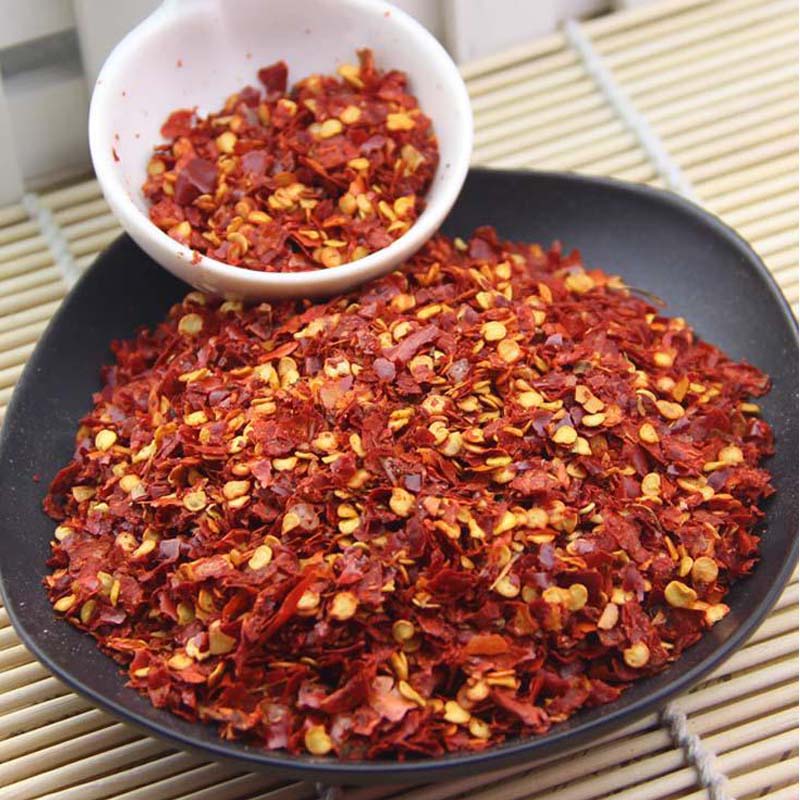- No. 268 Xianghe Street, Economic Development Zone of Xingtai city, Hebei 054001 China
- Byron@hbhongri.cn
paprika e160c
Exploring Paprika E160c A Colorful Addition to Our Diet
Paprika E160c is a fascinating natural food coloring derived from the dried fruits of Capsicum annuum, a species of pepper that is commonly known as sweet pepper or bell pepper. This vibrant hue, ranging from deep red to bright orange, not only adds visual appeal to our favorite dishes but also carries with it a rich history and a range of nutritional benefits. In this article, we will dive into the origins, uses, and health advantages of paprika E160c, shedding light on its importance in the culinary world.
Origins and Production
Originally cultivated in Central America, peppers were brought to Europe in the 15th century by Spanish explorers. Over the centuries, various species and varieties of peppers, including the sweet paprika, were developed. Paprika has since become a staple in many cuisines, especially in Hungarian and Spanish dishes. The production process of paprika E160c involves harvesting the mature fruits, which are then dried and ground into a fine powder. This powder can be used as a spice, seasoning, and food coloring, making it a versatile ingredient.
The bright red color of paprika E160c is attributed to the presence of carotenoids, specifically capsanthin and capsorubin, which are powerful antioxidants. These natural pigments not only provide the stunning color but also offer various health benefits, making paprika E160c a valuable addition to our diets.
Culinary Uses
In the culinary world, paprika E160c is used widely as a natural coloring agent. Its ability to enhance the appearance of food makes it a popular choice for a variety of products, including sauces, soups, meats, and even snack foods. Beyond its aesthetic appeal, paprika also contributes a mild, sweet flavor that can enhance the overall taste of many dishes.
paprika e160c

For instance, in Hungarian cuisine, paprika is a key ingredient in goulash, giving the dish a warm and inviting color, while adding depth to the flavor profile. Similarly, Spanish dishes such as paella cannot be complete without a sprinkle of paprika, which adds both color and a subtle heat. Additionally, it is often used in barbecue rubs, salad dressings, and marinades, showcasing its versatility across various culinary applications.
Health Benefits
Apart from its visual and flavor-enhancing qualities, paprika E160c is rich in vitamins and antioxidants. It contains significant amounts of vitamin A, which plays a vital role in maintaining healthy vision and immune function. Additionally, the antioxidants present in paprika can help combat oxidative stress, which is a contributing factor to chronic diseases.
Moreover, paprika may have anti-inflammatory and antimicrobial properties, making it beneficial for overall health. Some studies suggest that consuming paprika could support heart health by improving circulation and lowering blood pressure.
Conclusion
In conclusion, paprika E160c is more than just a colorful addition to our plates; it is a testament to the rich culinary traditions that span the globe. Its vibrant color, pleasant flavor, and numerous health benefits make it an essential ingredient in a wide array of dishes. As consumers become increasingly health-conscious and aware of the ingredients in their food, natural colorings like paprika E160c will undoubtedly gain even greater popularity. So, the next time you enjoy a beautifully presented meal enhanced by this delightful spice, remember the story and nutritional value behind it, and relish in the joy that paprika brings to our culinary experiences.
-
The Versatile Uses and Benefits of Capsicum Frutescens Oleoresin and ExtractsNewsJun.03,2025
-
Paprika&Chili Products Enhancing Flavor and Wellness in Every BiteNewsJun.03,2025
-
Paprika Extract and Capsicum Applications in Food and IndustryNewsJun.03,2025
-
Exploring the Benefits and Uses of Turmeric Powder and Curcumin ExtractNewsJun.03,2025
-
Discover the Bold Flavor of Premium Chilli Powder from ChinaNewsJun.03,2025
-
Capsicum Oleoresin Extract: A Potent Natural Ingredient in Modern ApplicationsNewsJun.03,2025







